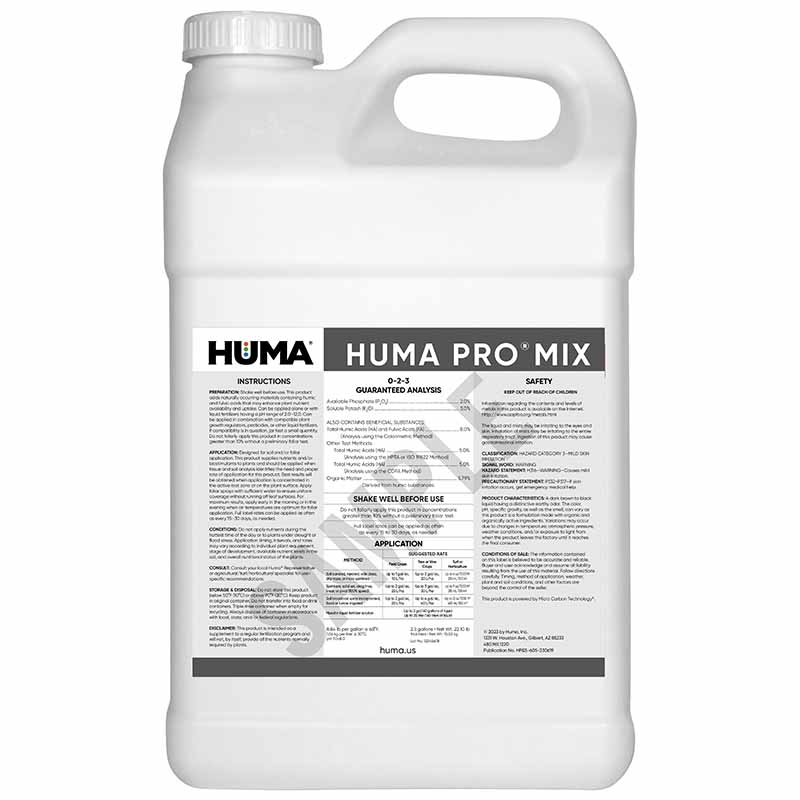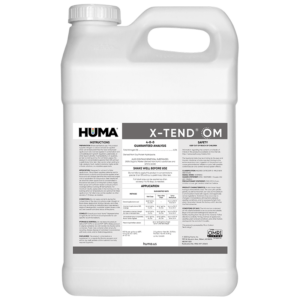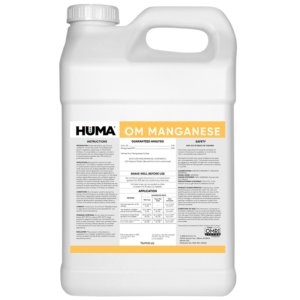FAQs
Related Videos
Huma Minute – What is Humic Acid with Cory Ritter
Huma Mid-West Regional Sales Manager Cory Ritter discusses the different types of humic acids and what they do for your plants.
Learn More
Huma Minute – Humate Application Rates with Cory Ritter
Huma Mid-West Regional Sales Manager Cory Ritter discusses humate application rates and why there is not a one-size fits all rate.
Learn More
Huma Minute – Humic Acid Testing Methods with Cory Ritter
Huma Mid-West Regional Sales Manager Cory Ritter discusses the differences in the various humic acid testing methods.
Learn More
Related Products
Related Case Studies
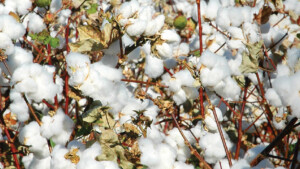
Huma Pro® Mix, pH-Stable Liquid Humic Acid Product, Increases Cotton Lint Yield
Conducted by: Bruce Kirksey, PhD, Agricenter International, Memphis, Tenn. Huma® Product: Huma Pro® Mix Background Scientific research shows that humic and fulvic acids are biostimulants—enhancing nutrient availability and uptake, improving plant root growth and mass, and impacting both crop yield and quality. Humic acid products are not all the same. They are marketed in solid

Huma Pro® Mix, pH-Stable Liquid Humic Acid Product, Increases Corn Yield
Conducted by: Bruce Kirksey, PhD, Agricenter International, Memphis, Tenn. Huma® Product: Huma Pro® Mix Background Scientific research shows that humic and fulvic acids are biostimulants—enhancing nutrient availability and uptake, improving plant root growth and mass, and impacting both crop yield and quality. Humic acid products are not all the same. They are marketed in solid
Related Blog Posts
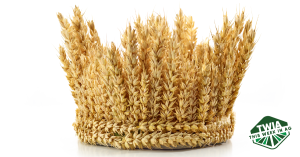
This Week In Ag #93
Is ROI still king? Return on investment has long been the primary measure for evaluating product purchase decisions by farmers. The concept seems straightforward: a product delivers x amount more of yield or weight, you multiply the additional yield by the price you receive for your crop, then subtract the cost of the product. That’s how

This Week in Ag #37
One of the greatest inventions in history is the combine. The concept of threshing and separating grain in one operation revolutionized our food system, as well as redefined our labor force. Consider that in the mid-1800s, 90% of the US workforce was involved in some aspect of farming. Now it’s under 2%. To think my grandfather harvested corn by hand and threw the ears in a wagon! He used the pull-behind model in the 1940s to harvest small grains (that’s him, Fred Nichols, combining oats on our family farm). My mother still talks about dad wearing a Jesse James style mask while operating their first self-propelled combine without a cab.

This Week in Ag #31
#Harvest23 is here! If all goes well, I should be harvesting my corn plot this week. The beginning of fall brings excitement and optimism to the farm. But this year, those feelings appear tempered. Farmer sentiment dropped 8 points last month (according to the Purdue Ag Economy Barometer) as producers shared a dimming view of

